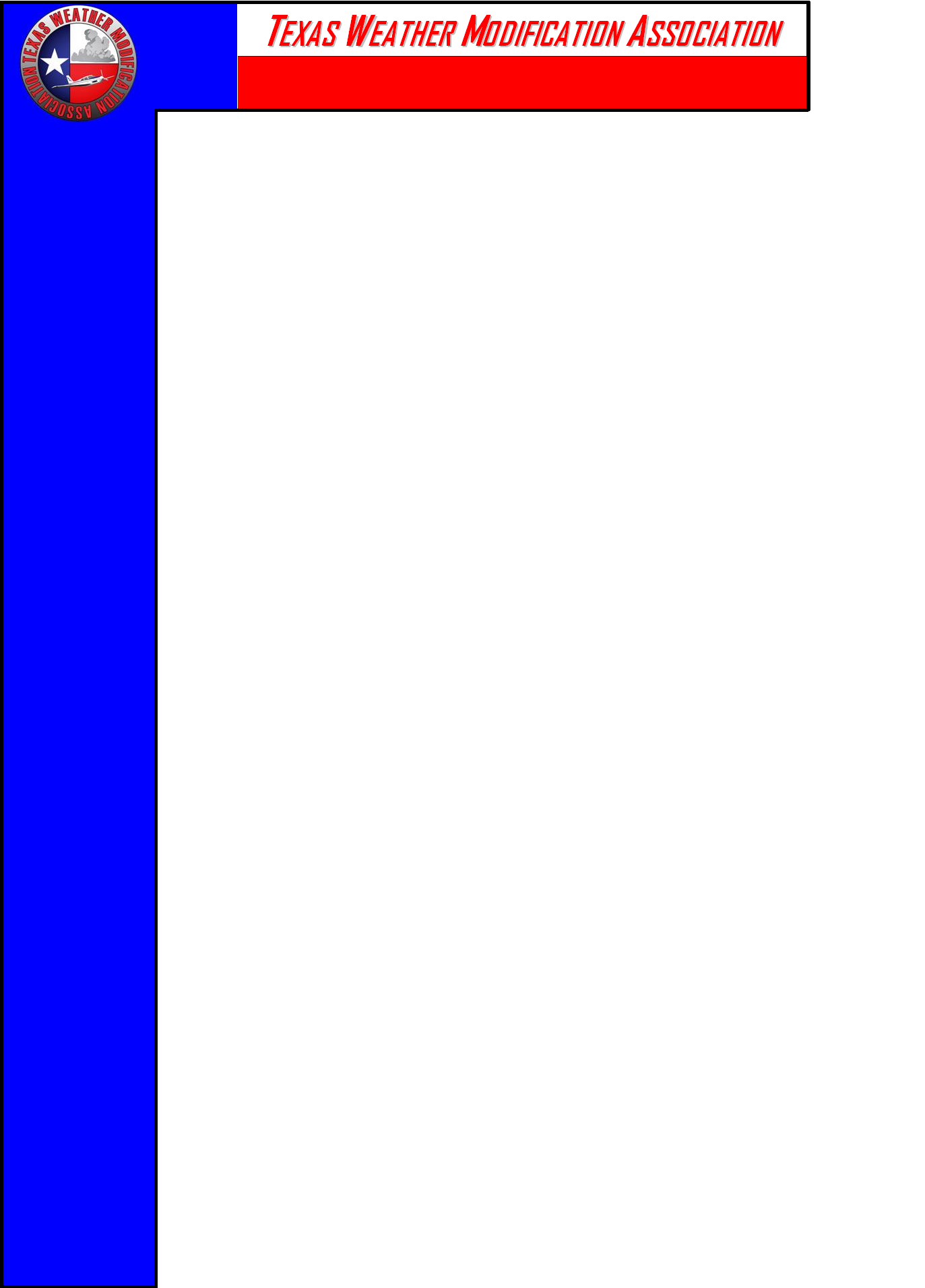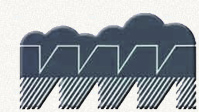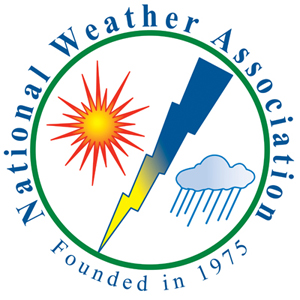The first “hint” of the potential of human activity to alter the behavior of clouds came just after the Civil War, when civil engineer Edward Powers made the observation that rainstorms often occurred where major battles between Union and Confederate troops were waged. The immense smoke, dust, and other particulate matter put into the air during conflict seemed to invigorate clouds to rain more.
Weather Modification has been tried since 1891 in Texas, the first attempt by patent attorney Robert Dyrenforth, who was given a $2,000 grant by the U.S. Congress to do a series of rain making experiments near Midland. Severe droughts have driven the need for weather modification since it’s beginning, and the
current attempt is no exception. Ground based generators have been used in several parts of the state over the years; then airplanes were tried, delivering dry ice, and then flares, and generators producing silver iodide particles.
Entrepreneur C. W. Post, founder of the Post cereal company, established a “beach-head” along the Caprock, at present-day Post, Texas during the early 1910’s to experiment with explosives to disturb promising rain clouds. Post and his team of researchers conducted numerous trials during 1911-1914, using
dynamite strategically placed just below and along the Caprock. While rain fell on some days, the results of the experiments were never conclusive.
Numerous “rain-making” endeavors sprouted in Texas during the terrible drought of the 1950’s. Some of the projects used ground-based generators to dispense agents such as silver iodide, while others featured aircraft that released various hygroscopic and glaciogenic seeding materials, including dry ice.
The 1950’s drought, and subsequent droughts in the early 1960’s, prompted so much cloud-seeding that the Texas Legislature was led to enact the Texas Weather Modification Act in 1967. That act required any individual, or organization, attempting to modify the weather to obtain a weather-modification license and permit from the State’s water agency.
In 1997, the State of Texas made its initial commitment to sponsoring rain-enhancement projects by devoting $550,000 to cost-share, with four political
subdivisions, for cloud-seeding activities using aircraft. Subsequent legislative sessions increased funding for these, and other projects, first through the Texas
Natural Resource Conservation Commission (TNRCC) and then to Texas Department of Agriculture.
One of the Nation’s most enduring weather-modification projects is located in West Texas between the Permian Basin and the South Plains, at the headwaters
of the Colorado River of Texas. The rain-enhancement project of the Colorado River Municipal Water District (CRMWD) was begun in 1971 to generate
additional rainwater, and hence runoff, into the two reservoirs (Lake Thomas and E. V. Spence Reservoir) on the Colorado. The District employs its own team of
experts and uses its own weather radar and specially-equipped aircraft to conduct seeding operations each year from April to October. With its base of
operation in Big Spring, the District’s seeding program covers some 2.6 million acres (or about 4,000 square miles) between Lubbock and Midland. As with all
organizations that conduct cloud-seeding activities, or contract with firms for cloud-seeding services, the CRMWD holds a weather-modification license and
permit from the Texas Department of Licensing and Regulation (TDLR).
Nine other cloud-seeding projects operate elsewhere in West and South Texas during the growing season. A number of counties between San Angelo and
Midland led the way in forming a weather modification association in 1995 to sponsor cloud seeding in a 6.4 million acre area on the Edwards Plateau. The
counties’ water-conservation districts served as a convenient way to finance the cost of a cloud-seeding operation through ad valorem taxes. The association’s
governing board, with representation from each of the seven counties participating in the project, then made decisions on when and how to do rain
enhancement. For a program lasting some 5-6 months, the cost of cloud seeding (approximately $0.08/acre) was assessed uniformly over the entire target,
using acreage in each county as the basis for cost assessment. Initially, the West Texas Weather Modification Association (WTWMA) contracted for cloud-
seeding services, but eventually invested in its own aircraft, radar facilities, and personnel. The Association has been conducting its own weather-modification
operation since 1998.
The WTWMA served as a prototype for the formation of other, similar groups sponsoring weather-modification operations in other parts of West and South
Texas. Several counties south of San Antonio formed the South Texas Weather Modification Association in 1996, and that organization has been seeding
clouds ever since in what is now a 6.6 million-acre area from San Antonio to Beeville. Another weather modification sponsor materialized in 1998 when three
counties along the Rio Grande formed the Texas Border Weather Modification Association. That organization has been seeding clouds since the summer of
1998 from a base of operation in Del Rio. Still, another group of counties farther south formed the Southwest Texas Rain-Enhancement Association in 1999,
seeding in a 5-county area using aircraft based in Laredo and Cotulla. The same year, the Edwards Aquifer Authority designed a cloud-seeding program for the
watershed of the invaluable Edwards Aquifer and hired a contractor from Fargo ND to conduct cloud-seeding activities over a 6 million acre region of the Texas
Hill Country. That program was redesigned in 2002, with four of the counties in the original EAA target being seeded for the EAA today by the two rain-
enhancement projects to the south of the Balcones Escarpment (Southwest Texas Rain-Enhancement Association and the South Texas Weather Modification
Association).
Two rain-enhancement projects were established in the spring of 2000 in the northern High Plains of Texas. These projects, which cover a combined 8.2 million acres, are sponsored by large water districts, the North Plains Groundwater Conservation District (NPGWCD) and the Panhandle Groundwater Conservation District (PGWCD), with seeding aircraft launched from airports in Dumas and Pampa.
One project, the Southern Ogallala Aquifer Rain (SOAR) Program, is a spinoff from what was the largest rain-enhancement project in Texas during the latter half of the 1990s. The High Plains Underground Water Conservation District (HPUWCD), based in Lubbock, seeded within a 17-county area of the South Plains of Texas from 1997-2002. Before that program was ended in August 2002, two of the counties (Terry and Yoakum) formed the SOAR program and picked up, in addition to Gaines County, an additional 2 million acres in eastern New Mexico. The SOAR Project, which today covers 5.8 million acres, is the only weather-modification program that embraces territory in both Texas and a neighboring state.
The first weather-modification project to be established in an area without a water district was that of the West Central Texas Weather Modification Association
(WCTWMA), which formed and sponsored cloud seeding services, provided by a contractor, in the summer of 2002. The project, which covers 4.9 million acres
of the “Big Country,” has radar and aircraft based at Elmdale Airport in Abilene.
The state’s newest program is that of the Trans Pecos Weather Modification Association (TPWMA), which began seeding for the first time in the spring of 2003
in a 4-county area along and west of the Pecos River. The TPWMA procured its own equipment, including two aircraft and a radar, and hired its own personnel
to run its operation, which covers 5.1 million acres in the region between El Paso and Midland.
Visit our Programs:
PGCD - Whitedeer, TX
SOAR -
Plains, TX
STWMA - Pleasanton, TX
TPWMA -
Barstow, TX
WTWMA - San Angelo, TX
Links of Interest:
 Texas Dept. Licensing and Regulation |
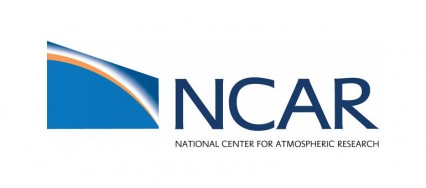 National Center for Atmos. Research |
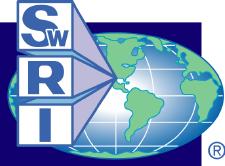 Southwest Research Institute |
 Desert Research Institute |
Associations:
